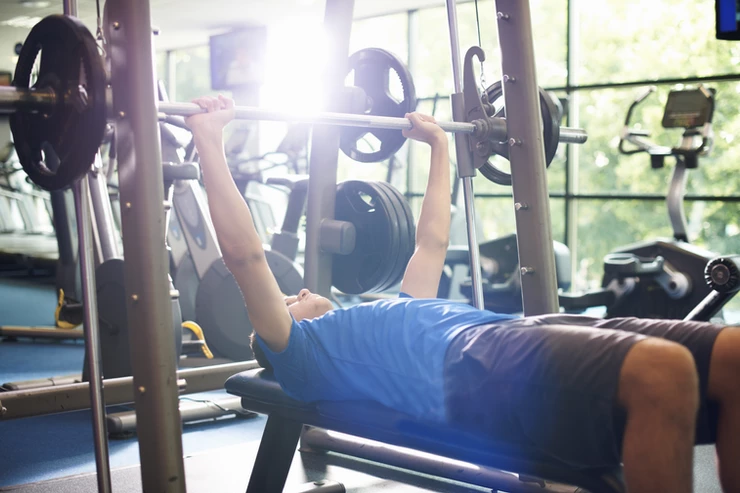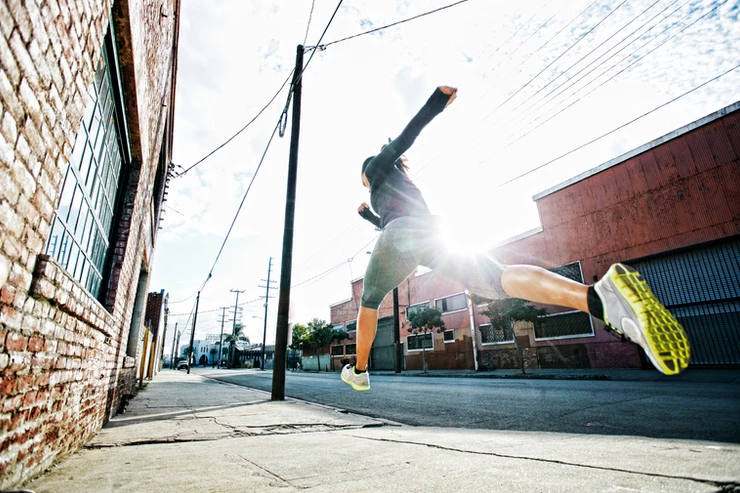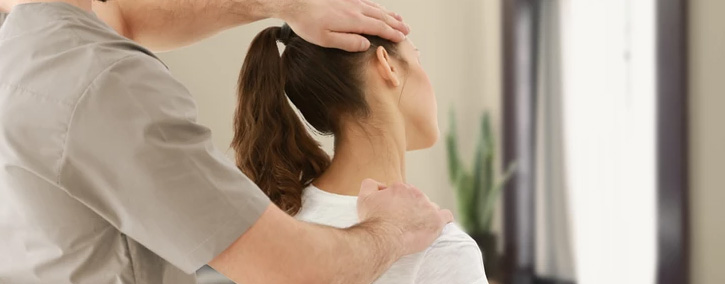Anterior cruciate ligament (ACL) injuries have gained attention during the last 15 to 20 years because of the high incidence of ACL tears in athletes from a wide range of sports. These sports injuries are serious and generally require surgery and a long rehabilitation process. Because of the increased incidence of these injuries, it is critical that athletes are proactive by getting an assessment to determine their risk for this season-ending injury. If you do have certain characteristics that put you at risk, you will want to incorporate specific strengthening exercises into your regular workouts to fortify healthy knee function.
There are 3 main Risk Factors for ACL Injuries, which include ligament dominance, quadriceps dominance, and weak core muscles. If you assess your risk for an ACL injury and combat your susceptibility with targeted exercises you can significantly reduce your risk.
Here are three ways to maintain healthy anterior cruciate ligaments:
Risk Factor 1: Ligament dominance refers to the inward position of the knee (valgus) when cutting or landing from a jump. This weakness is a result of the quadriceps and hamstring muscles not being able to overcome the ground reaction forces.
Example: Do your knees come together when you run or land from a jump?
Solution 1: Athletes can do plyometric (jump training) exercises to reverse ligament dominant tendencies (with proper supervision).
Exercises: Box jumps, squat jumps, 90 degree jumps, cone jumps, and single leg hops
Risk Factor 2: Quadriceps dominance refers to the over-development of the quadriceps muscles (front of the thigh) in relation to the hamstring and gluteal muscles (back of thigh and buttocks). Athletes with this tendency use their quadriceps more for stopping, cutting, and landing, which pulls the tibia forward and places more stress on the knee ligaments.
Example: Do you tend to lose your balance or bend forward at the waist when landing from a jump?
Solution 2: Strengthening the hamstring and gluteal muscles will help to control the knee from the hip joint, as well as decrease the forward movement of the tibia in relation to the femur.
Exercises: hip rotations, bridges, single leg dead lifts, reaching lunges, and single leg balance
Risk Factor 3: A strong and stable core controls the body’s center of mass, which will create correct and efficient movements of the body. To differentiate the “core” muscles from the “ab” muscles think about whether the exercise moves or holds the trunk. The abdominal muscles move your trunk (rectus abdominus, internal/external obliques), and the core muscles stabilize your trunk (transverse abdominus, multifidus, paraspinals).
Example: Can you hold a correct plank position for more than one minute?
Solution 3: When you do core exercises you are really getting both the abdominals and the core muscles to contract, which more closely mimics athletic movements.
Exercises: planks, side planks, bird dogs, and bridges
DID YOU KNOW?
Athletic teams around the country are beginning to incorporate “ACL programs” into their daily practice sessions. Once the specific methods and techniques are learned, coaches utilize 15-20 minutes of practice time to incorporate these exercises. The preliminary data has shown that the incorporation of these exercises will reduce injury rates while improving athletic performance.




Leave a comment…